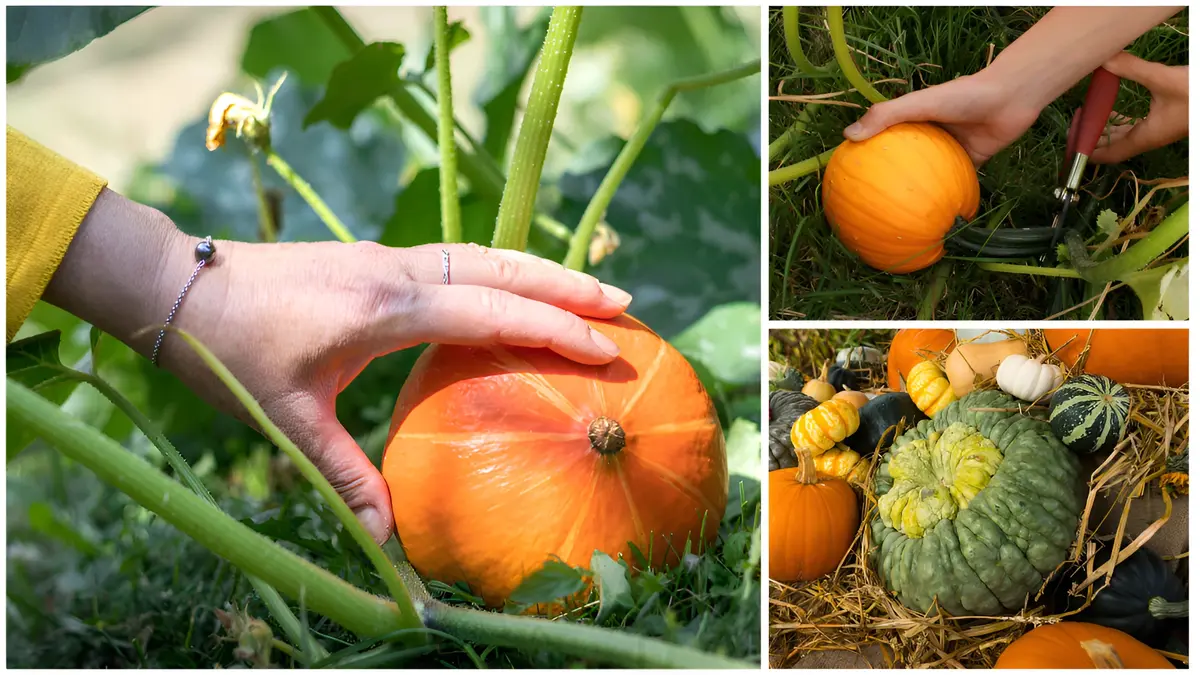Growing pumpkins in your home garden can be a rewarding and fun experience. Whether you want to carve jack-o’-lanterns for Halloween or bake delicious pumpkin pies, starting your own pumpkin patch is a fantastic project for gardeners of all skill levels. In this guide, I’ll walk you through easy steps to grow healthy, vibrant pumpkins in 2025. From selecting the right seeds to harvesting, you’ll find everything you need to succeed in your pumpkin-growing adventure.
Choosing the Right Pumpkin Variety
Before planting, it’s important to decide what type of pumpkin you want to grow. Pumpkins come in various sizes, shapes, and colors, and some are better suited for certain uses. For example, smaller sugar pumpkins are great for cooking and baking, while large field pumpkins are perfect for carving.
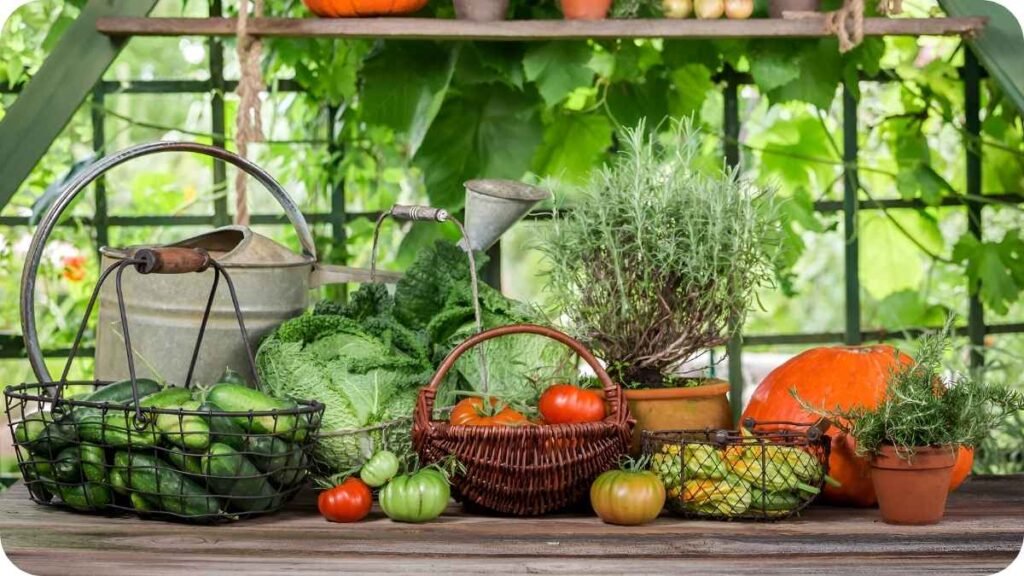
If you’re a beginner, I recommend starting with a variety known for being hardy and easy to grow, such as ‘Howden’ or ‘Jack-o’-Lantern.’ These varieties are widely available and tend to produce big, bright orange pumpkins ideal for Halloween decorations.
Preparing Your Garden Bed
Pumpkins need plenty of space to grow, so choose a sunny spot in your garden that receives at least six hours of direct sunlight each day. The soil should be well-draining, rich in organic matter, and slightly acidic to neutral, with a pH between 6.0 and 7.0.
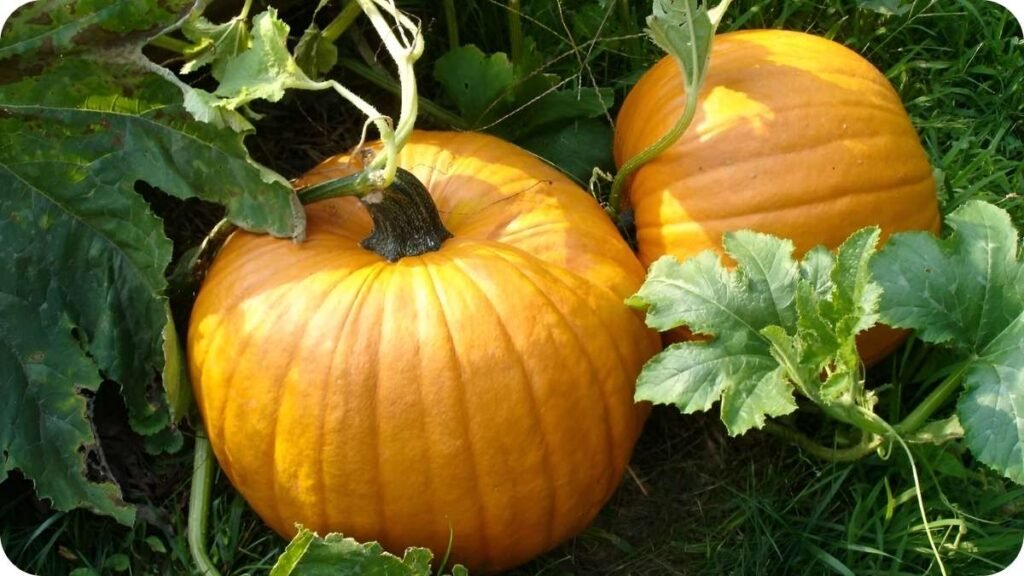
To prepare your garden bed, loosen the soil to a depth of 12-15 inches and mix in compost or well-rotted manure to improve fertility and drainage. Since pumpkins are heavy feeders, enriching the soil with nutrients early on will support strong growth throughout the season.
Planting Pumpkin Seeds
The best time to plant pumpkin seeds is after the last frost date in your area, as pumpkins are warm-weather crops. You can start seeds indoors about 3-4 weeks before transplanting to get a head start, especially in cooler climates.
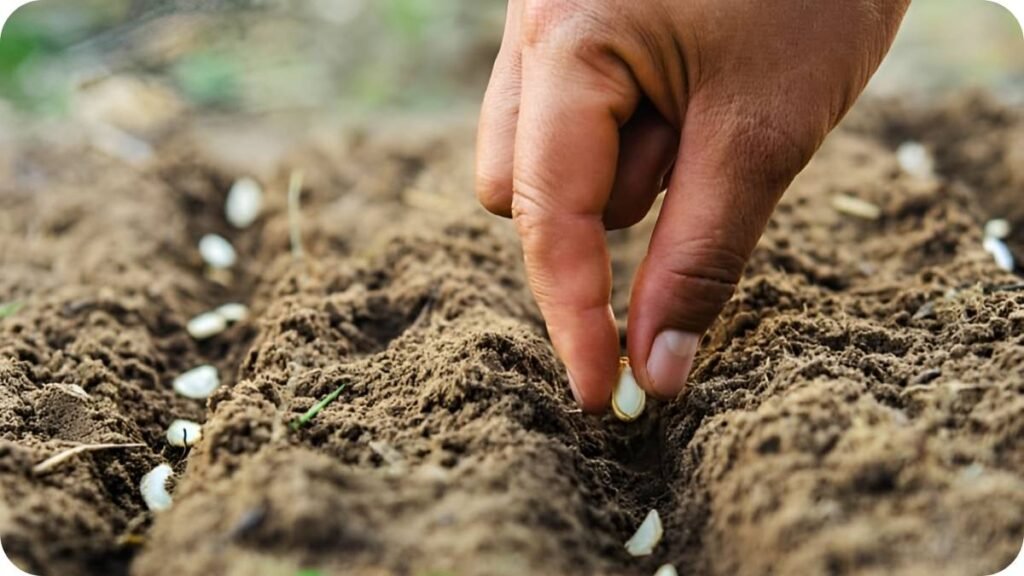
When planting directly outdoors, sow seeds 1 inch deep in small hills or mounds spaced about 4 to 6 feet apart. Each hill should have 3 to 5 seeds to ensure at least a couple of strong seedlings emerge. Thin to the strongest 2 or 3 plants once seedlings have developed their second set of leaves.
Watering and Feeding Your Pumpkins
Consistent watering is key to growing healthy pumpkins. They need about 1 to 2 inches of water per week, especially when fruits are developing. Water deeply and at the base of the plants to avoid wetting the leaves, which can lead to disease.
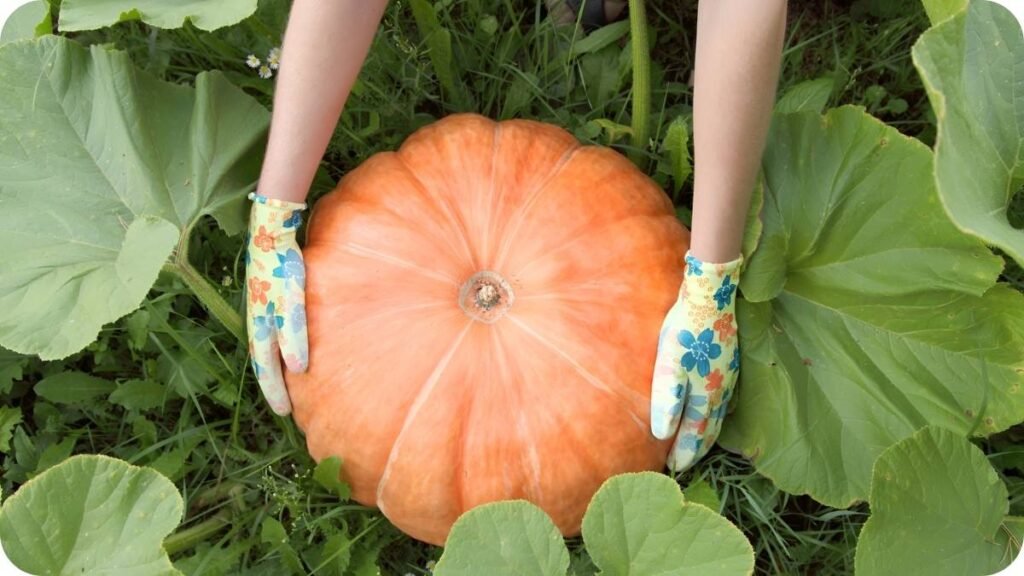
Feeding pumpkins regularly with a balanced fertilizer will boost growth. A fertilizer high in nitrogen during the early growth stages promotes lush vines and leaves. Once flowering begins, switch to a formula higher in phosphorus and potassium to support fruit development.
Managing Pests and Diseases
Pumpkins can attract various pests like squash bugs, cucumber beetles, and aphids. Regularly inspect your plants for signs of damage or infestation. Handpick pests if possible or use insecticidal soaps or neem oil as natural control methods.
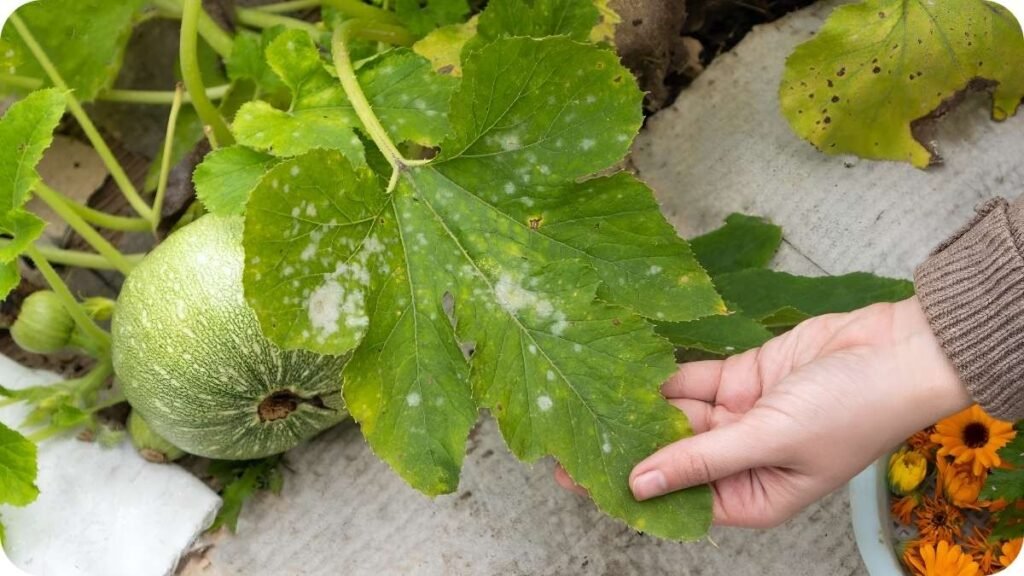
Common diseases include powdery mildew and downy mildew, which thrive in humid conditions. To prevent these, provide good air circulation by spacing plants properly and avoid overhead watering. Removing infected leaves promptly can also limit disease spread.
Supporting Your Pumpkin Vines
As pumpkin vines grow, they tend to sprawl widely. You can train the vines by gently guiding them around your garden bed or trellising them for smaller varieties. Supporting the vines keeps fruits off the ground, reducing the risk of rot and pest damage.
If you notice your pumpkins touching the soil, place a piece of wood, straw, or a tile underneath each fruit. This simple step helps prevent moisture buildup and keeps your pumpkins clean and healthy.
Harvesting Your Pumpkins
Knowing when to harvest is crucial to get the best quality pumpkins. Typically, pumpkins are ready to harvest when they have developed a deep, solid color, and the rind is hard enough that it cannot be punctured with a fingernail.
Use pruning shears or a sharp knife to cut the pumpkin from the vine, leaving several inches of stem attached. This stem helps prolong storage life. After harvesting, cure pumpkins in a warm, dry place for about 10 days to toughen the skin and improve flavor and shelf life.
Storing Your Pumpkins
Proper storage will keep your pumpkins fresh for several months. Store them in a cool, dry place with good air circulation, ideally between 50-55°F (10-13°C). Avoid stacking pumpkins to prevent bruising, and check regularly for any signs of rot or soft spots.
With good care, many pumpkin varieties can last well into winter, giving you plenty of time to enjoy your homegrown harvest.
Pumpkin Growing Timeline and Tips
Here’s a simple timeline to guide your pumpkin-growing season and some quick tips to ensure success:
| Stage | Time Frame | Key Tips |
|---|---|---|
| Seed Starting | 3-4 weeks before last frost | Use seed trays indoors for early start |
| Outdoor Planting | After last frost date | Plant in sunny, well-drained soil |
| Watering & Feeding | Throughout growing season | Deep watering, balanced fertilizing |
| Pest & Disease Control | Monitor weekly | Use organic sprays, remove infected leaves |
| Harvesting | Late summer to early fall | Cut with stem, cure in warm, dry place |
| Storage | After harvest | Store in cool, dry area with good airflow |
Final Thoughts
Growing pumpkins at home is both enjoyable and rewarding, whether you’re cultivating for fun, cooking, or decorating. With the right variety, good soil preparation, consistent care, and a little patience, your pumpkin patch will flourish in 2025.
Remember to keep an eye on weather conditions and adjust watering accordingly. Don’t be discouraged by minor setbacks gardening is all about learning and adapting.
I hope this guide helps you achieve a bountiful pumpkin harvest this year. Happy gardening.
